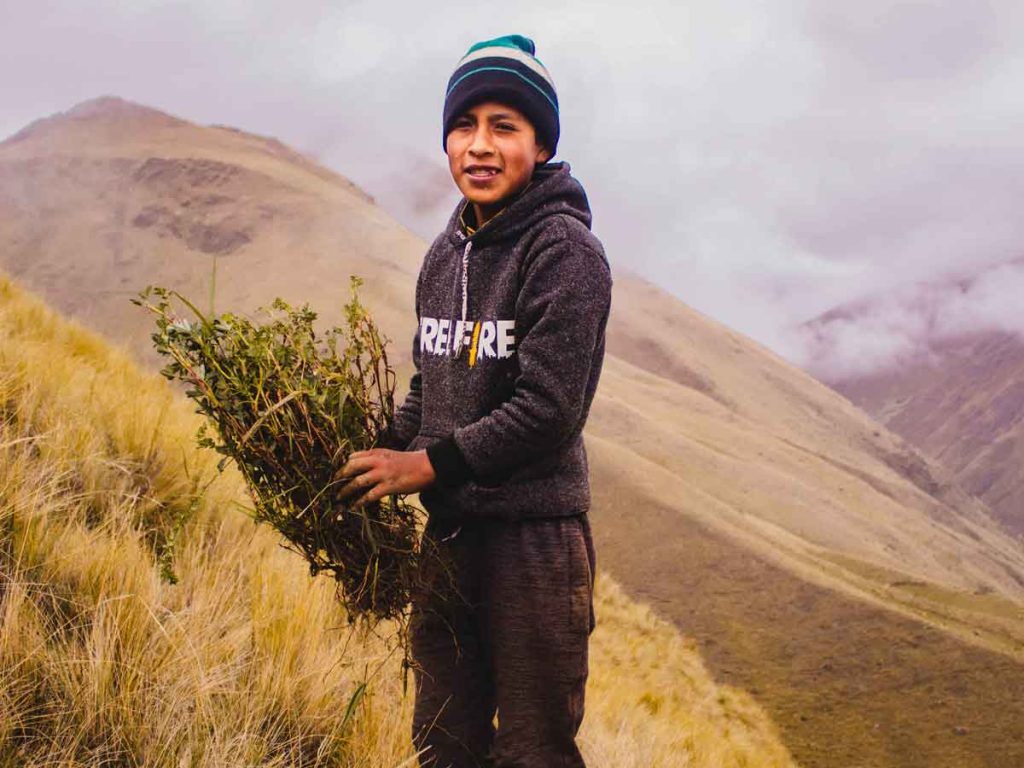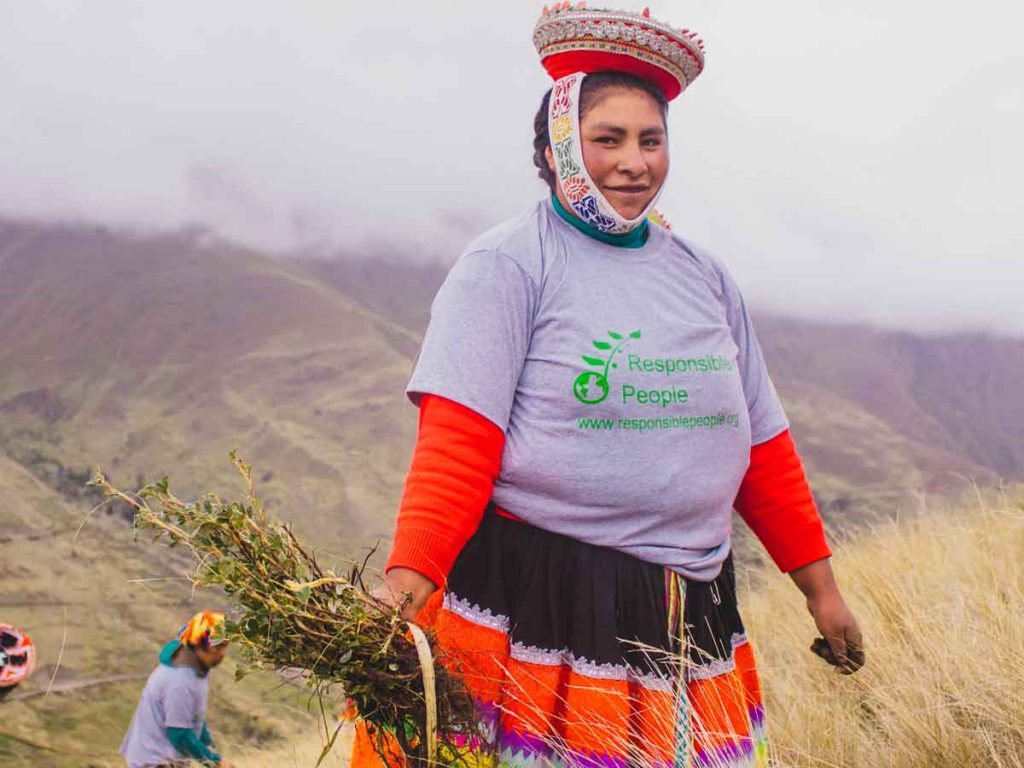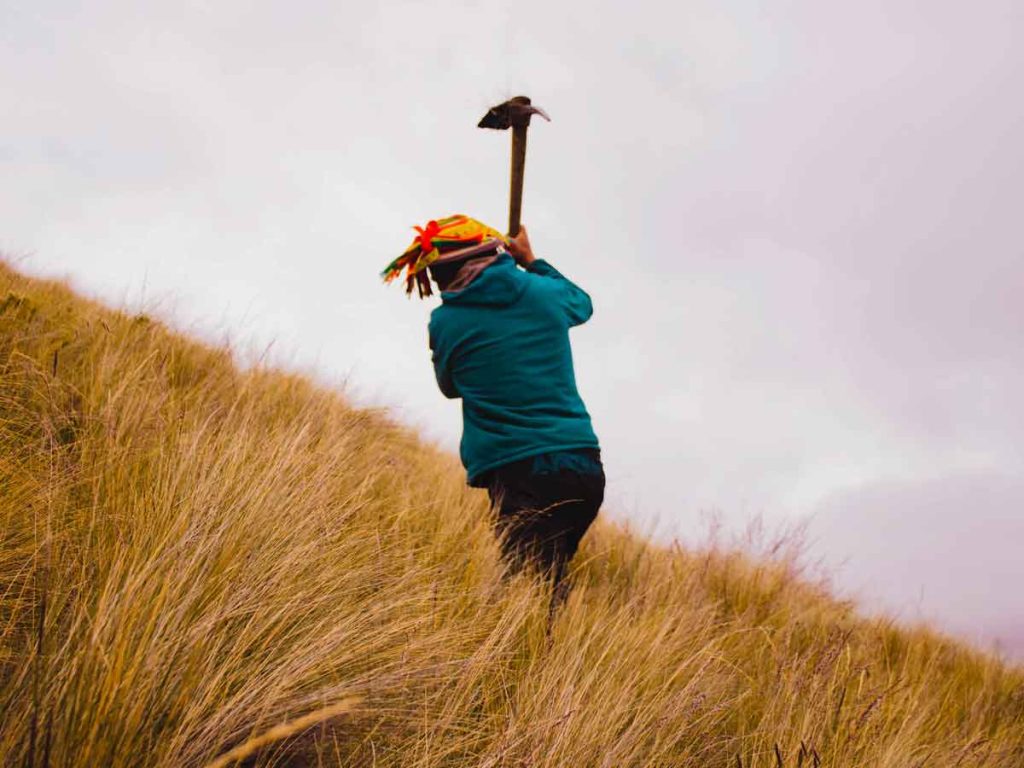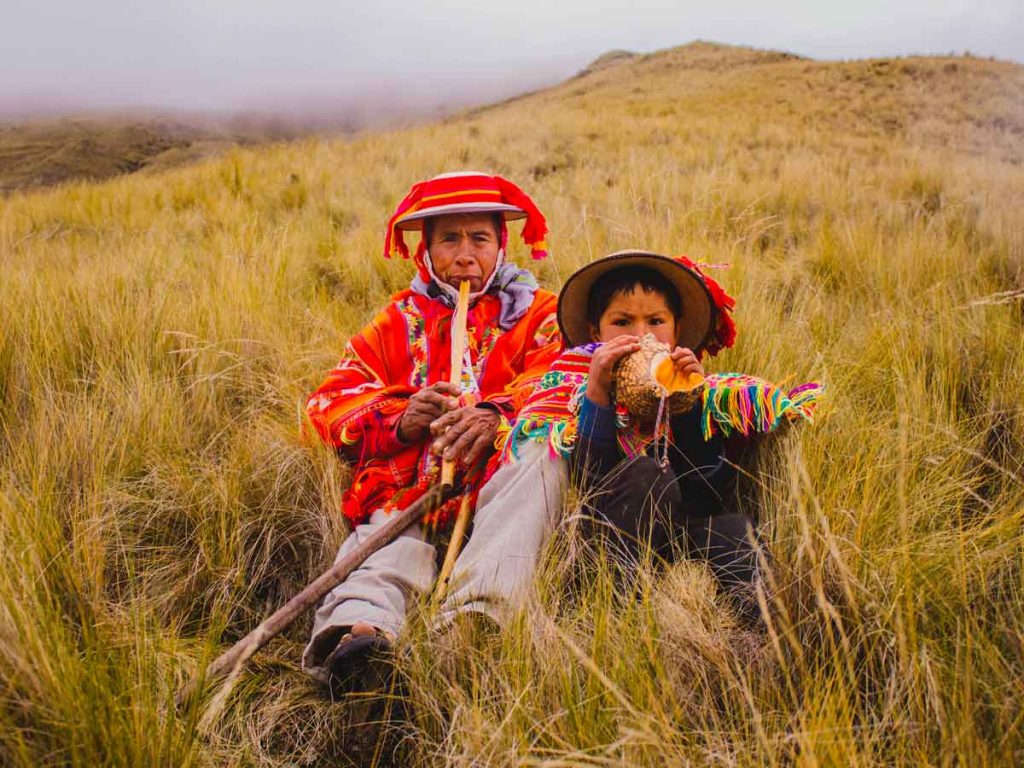Native Plant Reforestation: Renewing the Andes for Tomorrow
At the heights of Sondor Rumira (3,850 meters/12,631 feet), Ollantaytambo, in the Cusco region, Responsible People has initiated a project with the local community to recover the native trees of the area. This project began with the participation of 50 community members from Rumira and 10 volunteers from the Responsible People organization, focusing on reforesting the surrounding mountains.
On February 28, 2022, we planted more than 10,000 Queñua trees, reforesting 50 hectares with the help of the community.
On February 22, 2023, we planted another 10,000 Queñua trees, bringing the total to 100 hectares reforested.
On February 18, 2024, we planted an additional 10,000 Queñua trees, making a total of 150 hectares reforested.
In total, more than 30,000 Queñua trees have been reforested.
Our goal is to continue reforesting more hectares in this community with the help of local people and volunteers.
What is Queñua?
The Queñua plant, scientifically known as Polylepis, is a genus of trees and shrubs native to the high Andes of South America. These plants are adapted to harsh, high-altitude environments, often found between 3,000 and 5,000 meters (approximately 9,800 to 16,400 feet) above sea level. Here are some key characteristics and facts about the Queñua plant:
Adaptation to Harsh Environments: Queñua trees are well-adapted to survive in the extreme conditions of the Andean highlands, including cold temperatures, strong winds, and intense sunlight.
Unique Bark: One of the most distinctive features of Queñua trees is their multi-layered, papery bark, which helps protect them from the cold and reduces water loss.
Biodiversity Hotspots: Queñua forests are important ecosystems that support a wide range of biodiversity, including various species of birds, insects, and other plants. These forests play a crucial role in the ecology of the Andes.
Conservation Importance: Queñua forests are threatened by human activities such as deforestation, overgrazing by livestock, and climate change. Conservation efforts are essential to protect and restore these unique and valuable ecosystems.
Cultural Significance: Queñua trees hold cultural importance for indigenous communities in the Andes, who use them for firewood, construction materials, and traditional medicine.
Overall, the Queñua plant is an essential part of the Andean landscape, contributing to the ecological health and cultural heritage of the region.

Location
Sondor Rumira
Planted trees
30´0000 Queñual
Hectares reforested
150
How Does Reforestation with Qeuña Help Us?
Water Capture from the Environment: Queuña forests play a crucial role in capturing water from the air and fog, which helps form streams and springs. This natural water harvesting supports the hydrological cycle and benefits lower elevations by providing a consistent water source.
Increases the Amount of Rain: Queuña trees release water vapor during transpiration, contributing to local rainfall. This process helps sustain the forest and surrounding areas by promoting a self-sustaining water cycle.
Controls Erosion: The presence of Queuña trees and associated vegetation, like mosses, helps prevent soil erosion. These plants protect the soil by absorbing the impact of rainfall, preventing the fertile topsoil from being washed away.
Generates Microclimates: Queñua forests create favorable microclimates that support agricultural activities. The trees act as natural barriers, reducing temperature extremes between day and night, decreasing the frequency of night frosts, and mitigating the impact of strong winds, excessive rainfall, and hail. This allows for the cultivation of tubers and cereals through agroforestry systems.
Biodiversity and Ecosystem Services: Queñua forests support a diverse range of plants and animals. These forests provide food sources such as wild potatoes and geese, fodder for camelid cattle, and medicinal plants. They also serve as habitats for birds that help disperse seeds and small mammals like vizcachas, contributing to the ecological balance and offering alternative food sources.
Historical and Cultural Significance: Examples like the archaeological complex of Machu Picchu demonstrate the long-term benefits of maintaining Queñua forests. The water sources in the upper parts of Machu Picchu remain abundant due to the presence of a large Queñua forest, showcasing the importance of these trees in preserving water resources.
We thank all the volunteers, the community, and especially our contributors for their support, which enables us to continue reforesting.
Why Reforestation with Queñua Matters
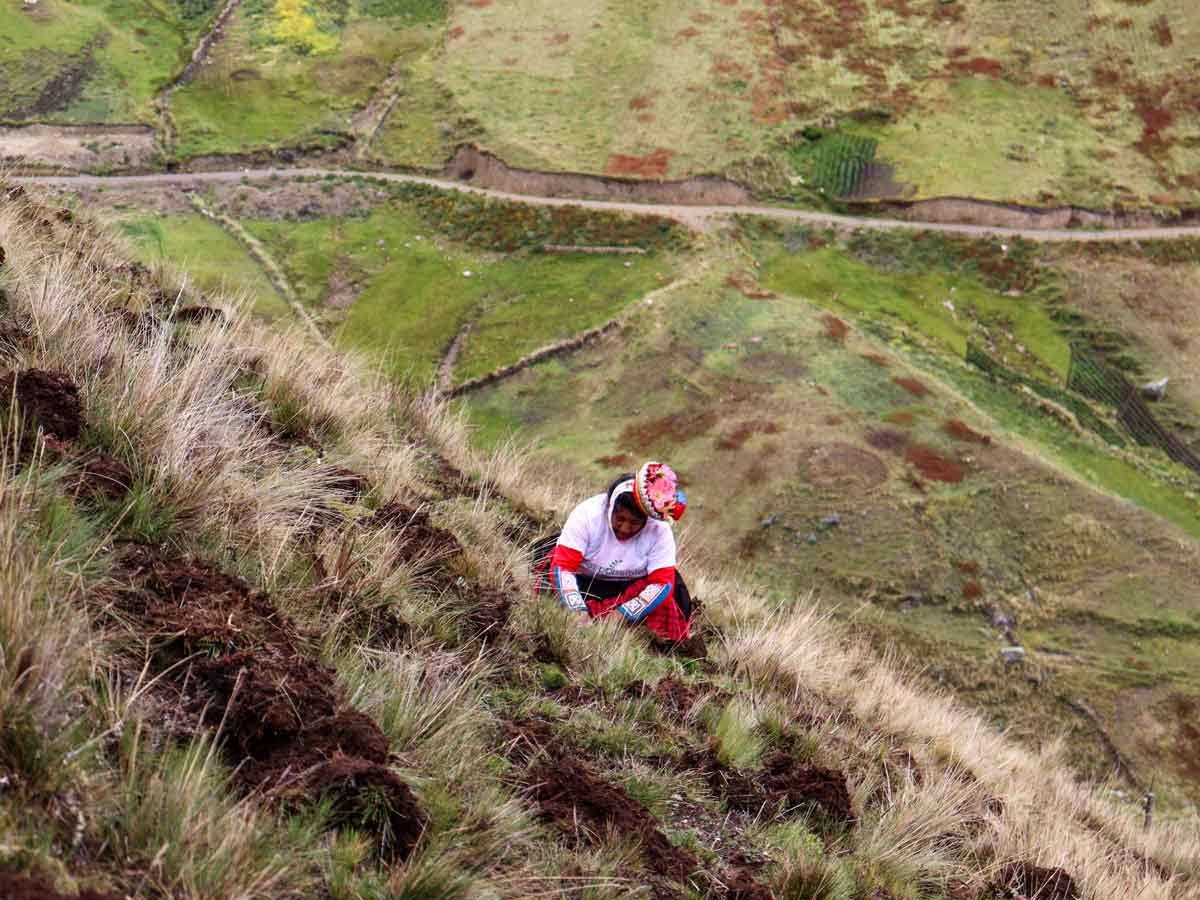


As global water scarcity worsens, reforesting with native species like Queñua becomes increasingly important. These trees help recover soil moisture and increase water reserves, ensuring sustainable water resources for future generations. By prioritizing the reforestation of Queñua and other native species, we can enhance ecosystem resilience, support local communities, and protect our natural environment
